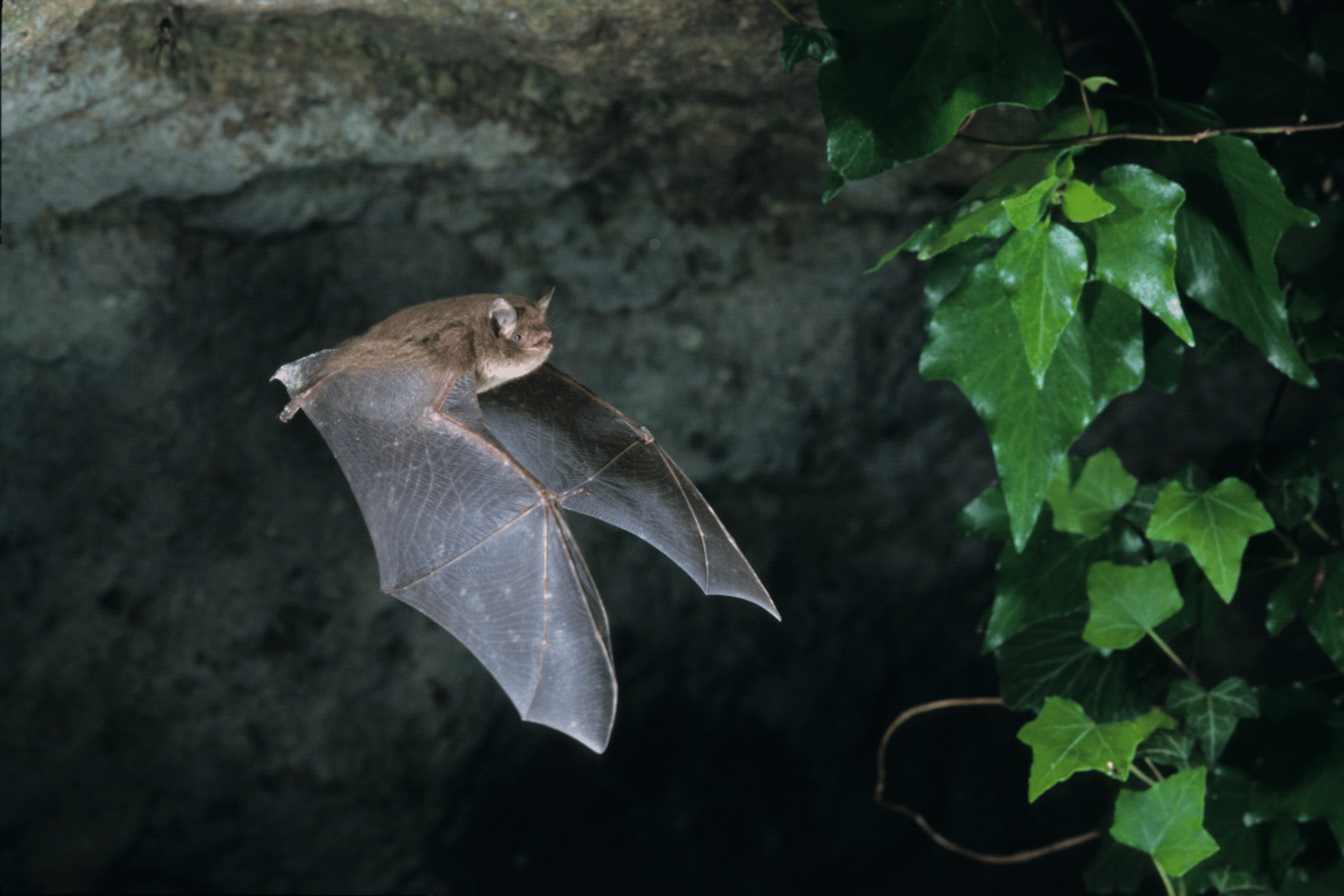The bat: a protected species in France
Every year, the French Society for the Study and Protection of Mammals (SFEPM) organises the International Bat Night, in order to introduce this fascinating and often feared mammal to a wide audience. This year, it is on 27 and 28 August 2022: an opportunity to take a closer look at these small mammals, their way of life and the threats to their existence.

Daubenton ©Michel Viard
What you need to know about bats
- They are useful. In attics, they do not gnaw on electrical cables or insulation. In Europe, bats are almost exclusively insectivores. They can consume almost half their weight in various insects, such as mosquitoes, flies and moths, in one night. In winter, insects are inactive and bats become lethargic. Their body temperature drops considerably and their heart and breathing rates slow down. They are then very fragile and any disturbance can be fatal to them because of the energy required to wake them up.
- They are not prolific because they reproduce slowly. If mating takes place in autumn, fertilisation is delayed and gestation only begins in spring. After an average gestation period of two months, each female gives birth to a single young. This low reproduction rate makes bat populations very sensitive to all causes of mortality (see below).
- They play an essential ecological role and are true indicators of the health of an ecosystem. Their presence indicates the presence of insects and shows that ecosystems are healthy enough for them to live in. Bats alone account for 20% of the world’s mammals.
- There are currently more than 1,200 species in 18 families. In France, 34 species have been identified, 8 of which are now threatened with 8 others near-threatened. The reasons for their decline can be explained in part by:
- The disappearance or modification of roosts: renovation of buildings or bridges, closure of the entrance to underground roosts, felling of trees with cavities, lighting up monuments, etc.
- Transformation of their home range (flight routes and hunting grounds): densification of the road network, abandonment of extensive grazing, destruction of hedges, disappearance of wetlands, homogenisation of woodlands, artificialisation of waterways, light pollution
- Disturbances during hibernation or reproduction
- The use of chemical products: treatment of wooden beams, pesticides, anti-parasites, etc.
- Direct mortality: predation by the domestic cat, wind farm development (modification of air pressure), road collisions, etc.
In France, all bats are protected under the 1976 Nature Protection Act: it is strictly forbidden to destroy, transport or market them, or to destroy or damage their habitats.
Getting to know the bats in the Vallée des Baux better
Last year, we carried out a vast study on the bats that frequent the marshes of the Vallée des Baux. Based on listening to and recording the sounds made by bats to locate themselves, the data collected will enable us to better understand the species present and their distribution in the area. The analysis is currently underway. The aim is to draw up recommendations to help us better manage this rich and fragile territory to favour bats.
Come and discover the bats of the Domaine des Courmettes
On Tuesday 30 August at 8pm, the Domaine des Courmettes invites you to discover the fascinating life of bats with Solène Baguet, ecologist with SB Biodiversité. During this 2-hour walk, we will be equipped with an ultra-sound detector to listen to their calls and be surprised by their particularities!
